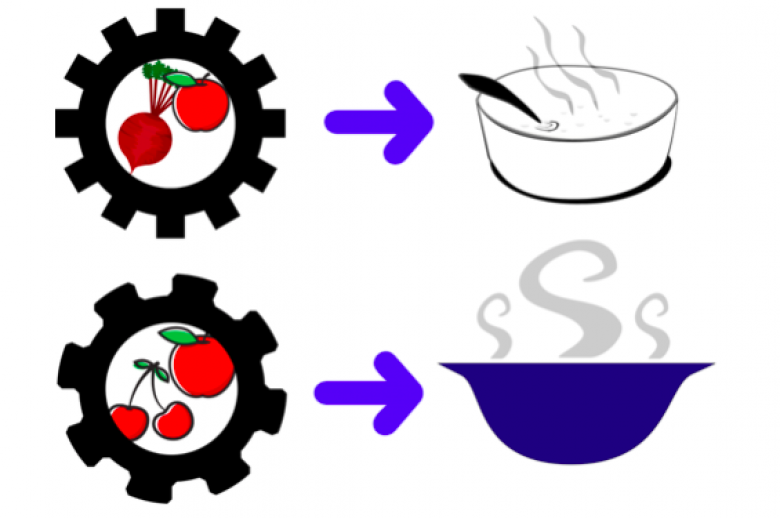The unreasonable effectiveness of the Julia programming language

I’ve been running into a lot of happy and excited scientists lately. “Running into” in the virtual sense, of course, as conferences and other opportunities to collide with scientists in meatspace have been all but eliminated. Most scientists believe in the germ theory of disease.
Anyway, these scientists and mathematicians are excited about a new tool. It’s not a new particle accelerator nor a supercomputer. Instead, this exciting new tool for scientific research is... a computer language.
How can a computer language be exciting, you ask? Surely, some are better than others, depending on your purposes and priorities. Some run faster, while others are quicker and easier to develop in. Some have a larger ecosystem, allowing you to borrow battle-tested code from a library and do less of the work yourself. Some are well-suited to particular types of problems, while others are good at being general-purpose.









































































